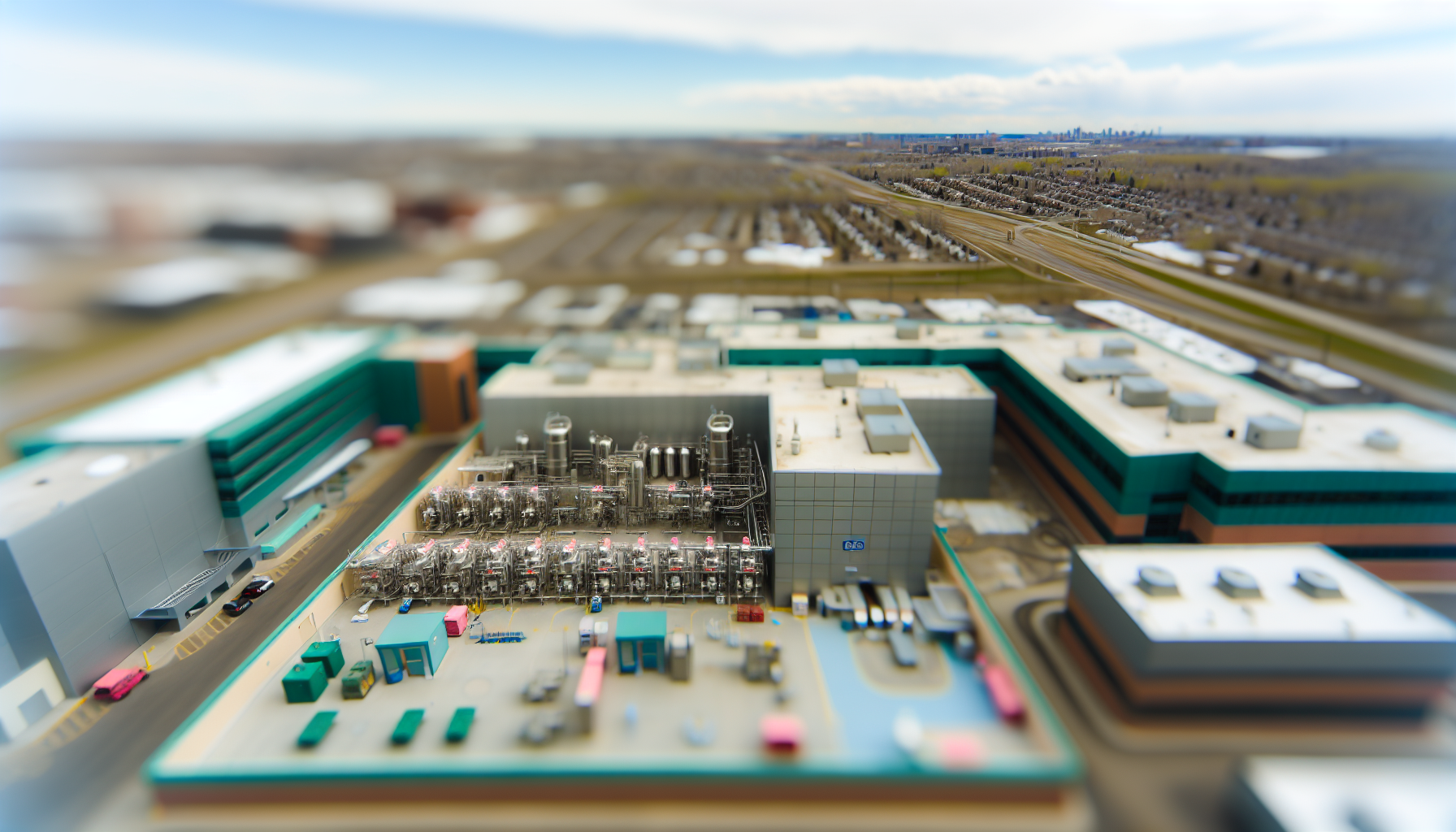Importance of Ethylene Oxide Gas Detection
The necessity for effective ethylene oxide gas detection cannot be overstated. Regulatory bodies, particularly the U.S. Environmental Protection Agency (EPA) and the Occupational Safety and Health Administration (OSHA), have established stringent compliance requirements, mandating the monitoring of ethylene oxide levels in the workplace. The EPA aims for an 80% reduction in EtO emissions, establishing regulations under the Clean Air Act that ensure facilities are equipped with Continuous Emission Monitoring Systems (CEMS) under Performance Specification 19 (PS-19). For employers, failure to comply endangers the health of workers and can lead to the risk of penalties.
By prioritizing gas monitoring, companies can prevent potential accidents and safeguard worker health. In rapidly developing industries, continuous monitoring helps detect ethylene oxide at trace levels, essential for mitigating risks associated with exposure. As we delve deeper into the key industries that face distinct gas monitoring needs, it becomes imperative to understand how each sector uniquely interacts with ethylene oxide.
Identifying Key Industries with Ethylene Oxide Gas Monitoring Needs
Sterilization and Medical Supplies
One of the primary industries relying heavily on ethylene oxide is sterilization for medical supplies. Ethylene oxide is indispensable in sterilizing delicate medical instruments that cannot withstand high-temperature processes. However, healthcare settings pose a high risk of exposure, particularly where tools are sterilized frequently. These environments are critical; the potential for significant health risks for healthcare workers demands stringent monitoring protocols.
Chemical Manufacturing
In the realm of chemical manufacturing, ethylene oxide serves as a vital intermediate in producing substances like antifreeze and solvents. Industries involved in this process face unique gas monitoring requirements due to the nature of their operations. Effective monitoring systems are essential for ensuring compliance with EPA regulations while mitigating risks associated with toxic emissions and potential product contamination.
Pharmaceuticals
In pharmaceutical production, ethylene oxide and its sterilizing properties ensure that medications are safe for consumer use. The industry’s stringent regulatory landscape necessitates robust gas detection systems to adhere to safety standards and protect workers from hazardous exposure. Regulatory compliance is not merely a box to check; it is foundational to maintaining the integrity of the production process and safeguarding public health.
Food Processing and Packaging
Ethylene oxide also plays a critical role in food processing and packaging, particularly in sterilizing spices and dry foods to eliminate microbial contamination and extend shelf life. However, ensuring safe levels for workers in these settings presents its own challenges. Continuous gas monitoring helps ensure that exposure levels remain below hazardous thresholds, aligning with both safety standards and industry best practices.
Addressing the Challenges of Ethylene Oxide Gas Detection
Understanding Gas Monitoring Needs
One of the typical challenges when monitoring ethylene oxide levels is the need for high sensitivity, particularly at low concentrations. Industries often operate in high-volume environments, which complicates the detection process and necessitates real-time monitoring solutions. Understanding these specific requirements is key to deploying effective gas detection systems across different sectors.
Ensuring Accurate and Reliable Gas Monitoring
For monitoring to be effective, accurate and reliable detection mechanisms must be in place. Regular calibration and maintenance of gas detection equipment are vital to ensure accurate readings. Selecting the appropriate detection technologies is equally crucial. The advancement of tools—such as photoionization detectors (PIDs) and electrochemical sensors—has improved detection capabilities, allowing for quicker responses to ethylene oxide presence, thereby enhancing workplace safety.
Training Employees on Gas Safety Protocols
Developing a culture of safety in workplaces that handle ethylene oxide is imperative. Regular training on gas safety protocols empowers employees to recognize potential hazards and respond appropriately. Continuous education and updates on safety practices are essential to maintaining a safe working environment.
Implementing Effective Solutions for Ethylene Oxide Gas Detection
Establishing Comprehensive Gas Detection Systems
To safeguard worker health and comply with regulatory mandates, industries must establish robust gas detection systems. A well-rounded gas detection system includes various components, such as real-time monitoring sensors, alarm systems, and data logging capabilities. Effective integration of technologies enables continuous tracking of ethylene oxide concentrations, ensuring immediate response to fluctuations in safety levels. Advancements in gas detection technologies further enhance the capability for real-time monitoring in complex environments, allowing for swift action against potential exposure risks.
Monitoring Best Practices in Ethylene Oxide Industries
Learning from successful implementations is crucial for refining gas monitoring strategies. Case studies reveal that companies deploying advanced Continuous Emission Monitoring Systems (CEMS) have found success in improving their monitoring practices. Such systems facilitate the precise detection of ethylene oxide concentrations. Adopting a continuous improvement strategy for monitoring not only augments compliance but also promotes a proactive safety culture within organizations. Regular evaluations and updates of monitoring systems ensure that they remain effective and responsive to the evolving landscape of industrial safety.
Ethylene Oxide Gas Detection Solutions
Interscan stands at the forefront of gas detection solutions, providing innovative technologies tailored specifically to meet the monitoring needs of ethylene oxide industries. Our portfolio includes fixed-point and portable detection systems that leverage electrochemical sensors, allowing for real-time readings and trace-level detection of hazardous gases. Through our quick-exchange sensor system, known as the ‘Interchange Sensor,’ businesses can swiftly maintain and respond to their gas detection needs. By partnering with Interscan, companies can enhance their gas monitoring capabilities, protect their workers, and ensure compliance with stringent safety regulations, ultimately fostering a safer industrial environment. Investing in comprehensive gas detection solutions is not just a regulatory requirement; it is a critical step towards safeguarding public health and enhancing operational efficiency.


